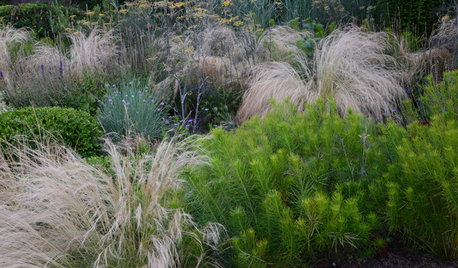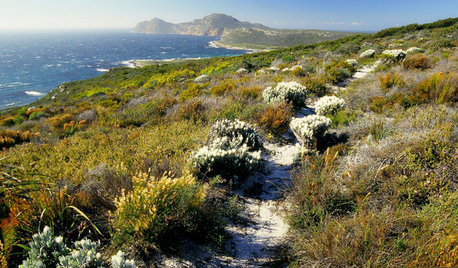Spraying Broadshot for horsetail, and fertilizing
lasors
9 years ago
Related Stories

EDIBLE GARDENSNatural Ways to Get Rid of Weeds in Your Garden
Use these techniques to help prevent the spread of weeds and to learn about your soil
Full Story
HOUSEPLANTS10 Top Plants to Grow Indoors
Brighten a room and clean the air with a houseplant that cascades artfully, stretches toward the ceiling or looks great on a wall
Full Story
GARDENING GUIDES4 Ways to Break the Rules in Your Garden
For a more creative landscape design, take a different approach to planting
Full Story
GARDENING GUIDESLet Nature Inspire Your Landscape: Shape a Sea-Inspired Garden
Create your own oceanside paradise even without the ocean, taking cues from natural coastal plantings
Full StoryMore Discussions







dchall_san_antonio
lasorsOriginal Author
Related Professionals
New Bedford Landscape Architects & Landscape Designers · Paradise Landscape Architects & Landscape Designers · Norwood Landscape Contractors · Medford Landscape Contractors · Pleasanton Landscape Contractors · River Ridge Landscape Contractors · Saint George Landscape Contractors · Santa Maria Landscape Contractors · Stony Brook Landscape Contractors · Washington Landscape Contractors · Yuba City Landscape Contractors · Eastlake Landscape Contractors · Clearfield Landscape Contractors · Goodlettsville Swimming Pool Builders · Tucson Swimming Pool Buildersdchall_san_antonio
lasorsOriginal Author